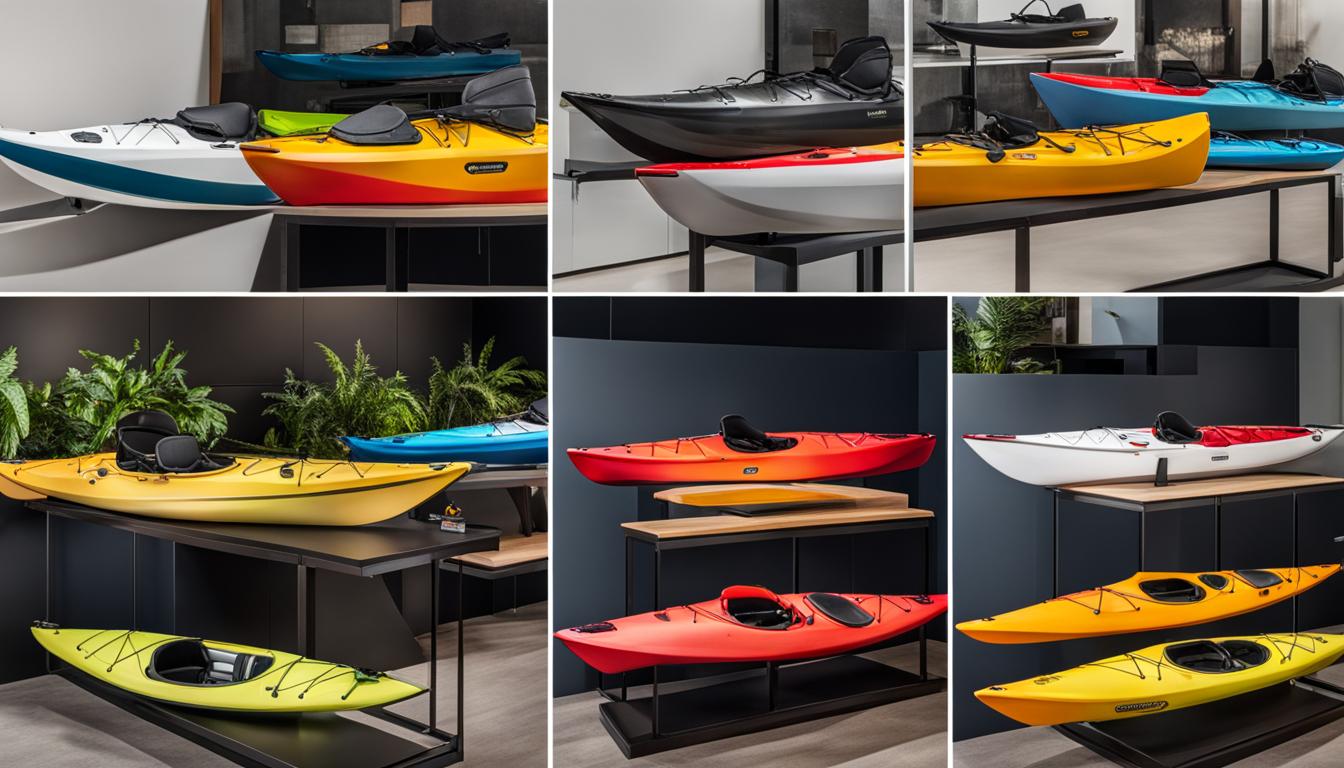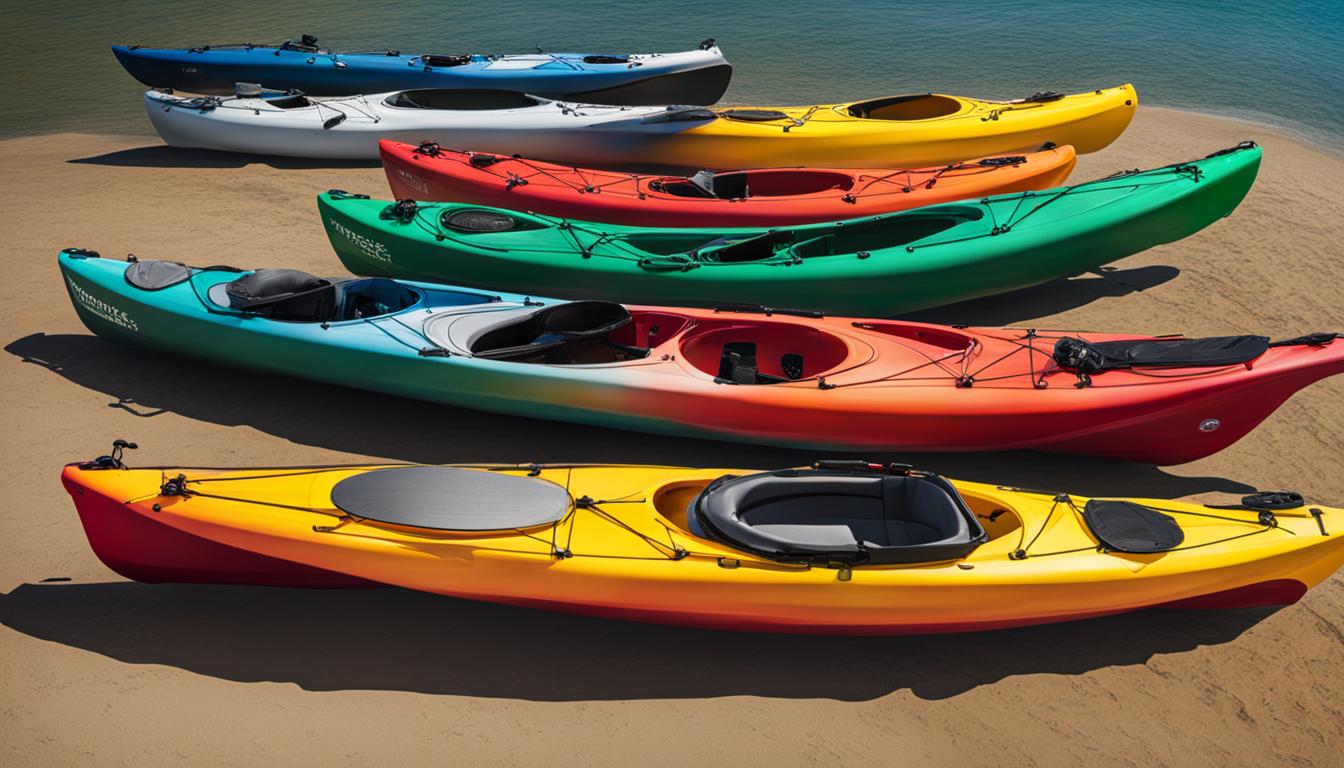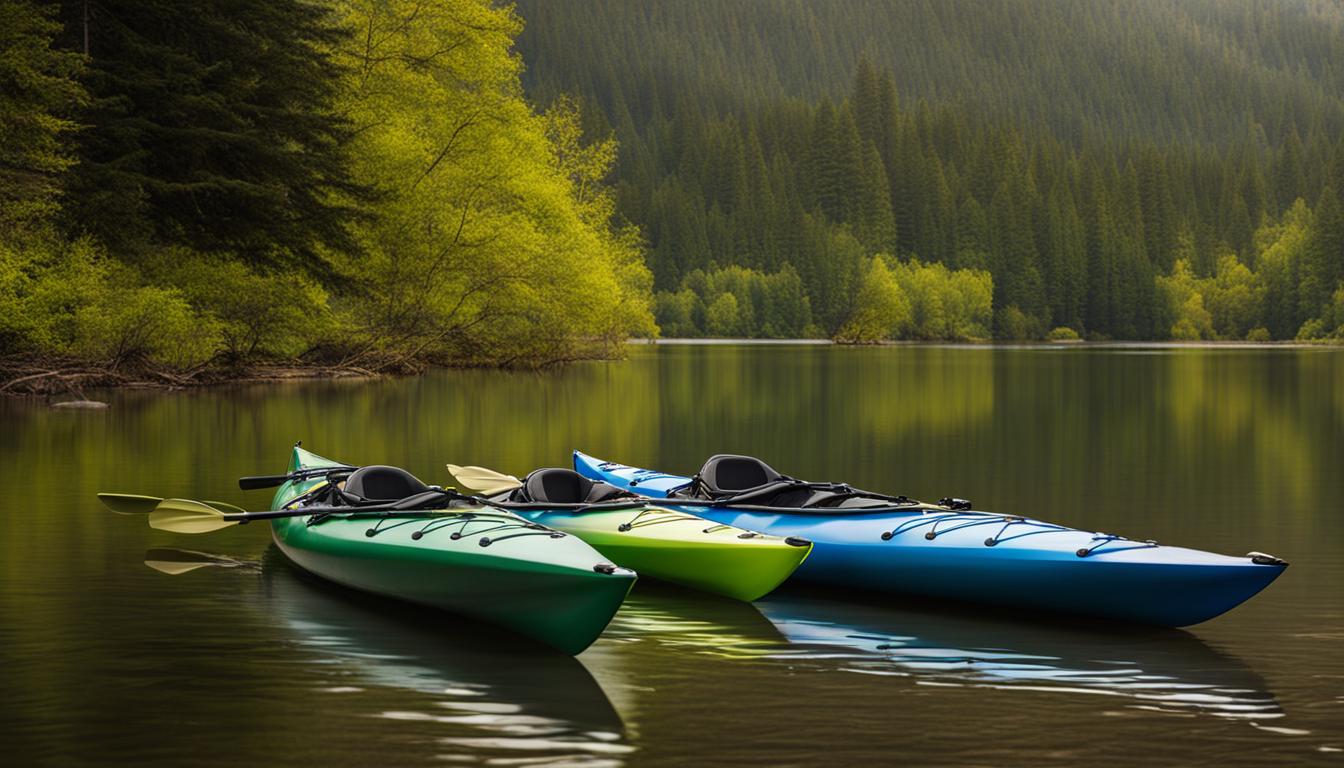When it comes to purchasing a kayak, there are several factors to consider. One of the most important aspects to prioritize is the warranty that comes with the kayak. The warranty serves as a guarantee that the manufacturer stands behind their product and will provide necessary repairs or replacements in case of any defects or issues. By placing a high value on the warranty, you can ensure that your investment is protected and have peace of mind while enjoying your kayaking adventures.
Key Takeaways:
- The warranty provides protection and support in case of defects or issues with the kayak.
- Prioritizing the warranty ensures your investment is safeguarded.
- Consider the warranty terms and conditions when selecting a kayak.
- Review warranty coverage for specific components and potential issues.
- Ask necessary questions to ensure you are fully protected and satisfied with your kayak purchase.
Types of Kayaks and Their Appropriate Uses
When it comes to choosing a kayak, it’s important to consider the specific type that suits your needs. Different kayaks are designed for various activities, and understanding their appropriate uses will help you make an informed decision. Let’s explore the different types of kayaks and their respective applications.
Recreational Kayaks
Recreational kayaks are great for beginners and casual paddlers. They are typically stable, easy to maneuver, and have a wide cockpit for easy entry and exit. These kayaks are designed for calm and slow-moving waters, such as lakes, ponds, and slow rivers. They are ideal for leisurely paddling and enjoying the scenery.
Touring/Expedition Kayaks
Touring or expedition kayaks are built for longer trips and more advanced paddlers. They have sleek designs for efficient paddling, increased storage capacity for gear, and better tracking ability for straighter lines. These kayaks are suitable for open water, coastal exploration, and multi-day adventures.
Fishing Kayaks
Fishing kayaks are specifically designed for anglers. They come equipped with features such as rod holders, storage compartments, and stable platforms for casting. Fishing kayaks can be further categorized into sit-on-top kayaks and sit-inside kayaks, each offering unique benefits for different fishing styles and environments.
By understanding the appropriate uses for different types of kayaks, you can select the one that best aligns with your intended activities. Consider factors such as stability, maneuverability, storage capacity, and tracking ability when evaluating the suitability of a kayak for your needs. Now, let’s take a look at a comprehensive table comparing the features of each type of kayak.
| Kayak Type | Intended Use | Stability | Maneuverability | Storage Capacity |
|---|---|---|---|---|
| Recreational Kayaks | Leisurely paddling in calm waters | High | Medium | Low |
| Touring/Expedition Kayaks | Longer trips and open water exploration | Medium | High | High |
| Fishing Kayaks | Angling and fishing excursions | Medium to High | Medium | Medium to High |
This table provides a general overview of the key features of each kayak type. Keep in mind that there may be variations within each category and additional factors to consider based on your personal preferences. Take the time to research and test different kayaks to find the one that suits you best.
Now that we’ve explored the types of kayaks and their appropriate uses, let’s move on to the next section where we’ll discuss the factors to consider in kayak size and design.
Factors to Consider in Kayak Size and Design
When shopping for a kayak, it’s crucial to consider the size and design of the vessel. These factors play a significant role in determining its performance and suitability for different individuals. By taking the time to assess your specific needs and preferences, you can make a more informed decision and ensure an enjoyable kayaking experience.
Physical Dimensions: One of the most important considerations when choosing a kayak is your physical dimensions. Factors such as height and weight should be taken into account to ensure a comfortable and safe paddling experience. A kayak that is too small may feel cramped and unstable, while one that is too large can be difficult to maneuver. Be sure to check the manufacturer’s recommendations for weight and height ranges when selecting a kayak.
Intended Use: Your intended use for the kayak should also influence your decision. Will you be paddling solo or tandem? Do you plan to bring along children or pets? Will you be carrying a significant amount of gear? These factors will determine the size and design features you should look for in a kayak. For example, if you plan to paddle with a partner or bring along extra passengers, a tandem kayak or one with multiple seating options may be the best choice.
Warranty Considerations: When evaluating the warranty coverage for a kayak, it’s important to focus on issues and defects related to size and design. Look for warranty terms that protect against structural defects, such as hull cracks or delamination. Additionally, defects in fittings, such as seats, footrests, and handles, should also be covered. By understanding the warranty coverage for size and design-related issues, you can have peace of mind knowing that you are protected in case of any manufacturing flaws or defects.
Table: Kayak Size and Design Considerations
| Factor | Considerations |
|---|---|
| Physical Dimensions | Height, weight, and body proportions |
| Intended Use | Solo vs. tandem paddling, carrying capacity, gear storage |
| Warranty Considerations | Structural defects, fittings, manufacturing flaws |
By carefully considering the size and design of a kayak, as well as the warranty coverage for related issues, you can select a vessel that meets your needs and provides you with the confidence to explore the waterways.
Propulsion Methods and Their Impact on Warranty Considerations
When considering a kayak purchase, it is essential to evaluate the propulsion method and its implications on warranty coverage. The choice between paddling and pedaling can significantly influence the level of protection and potential warranty considerations. Paddling, the traditional method, relies on human power and requires no additional mechanical components. On the other hand, pedaling involves using mechanisms such as electric motors or pedal drives to propel the kayak.
Assessing the warranty coverage for propulsion-related components is crucial when making a purchase decision. For those opting for a pedaling kayak, it is essential to review the warranty terms and conditions specific to the propulsion system. This includes examining the coverage for pedals, motors, or propellers, as these components are vital to the kayak’s functionality.
Furthermore, understanding the warranty’s scope and duration for propulsion-related issues will provide insight into the level of protection offered. Whether it’s a malfunctioning motor or a defective pedal drive, a comprehensive warranty will ensure that you are adequately covered in case of any equipment failures or flaws in the propulsion system.
By prioritizing warranty considerations related to the chosen propulsion method, you can make an informed decision and secure a kayak with the appropriate level of protection for your needs. Taking the time to thoroughly review and understand the warranty terms and conditions will provide peace of mind and help safeguard your investment in the long run.
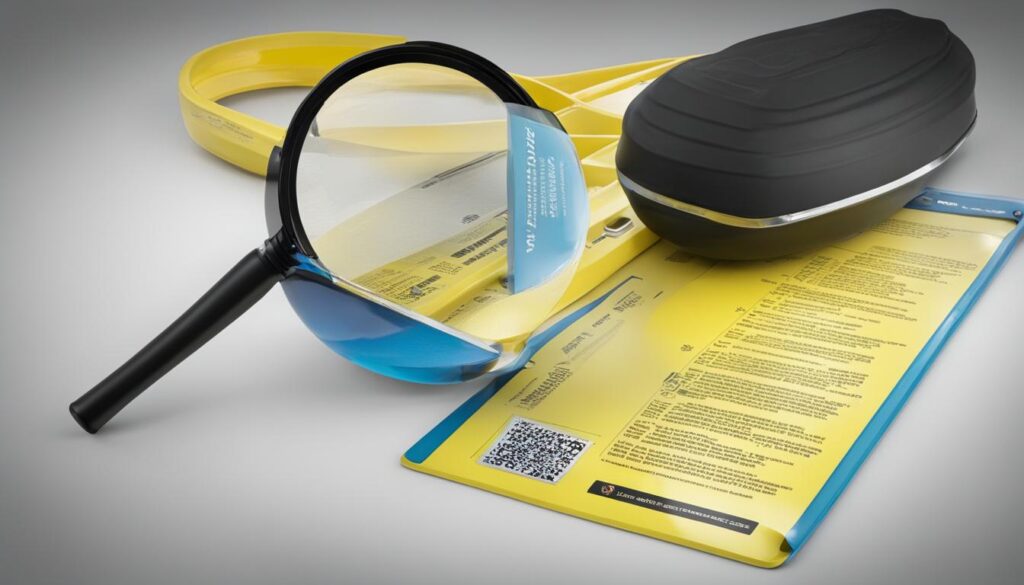
Differences between Paddling and Pedaling Kayaks
| Paddling Kayak | Pedaling Kayak |
|---|---|
| Relies on human power | Utilizes pedal drives or electric motors for propulsion |
| No additional mechanical components | Includes pedals, motors, or propellers |
| Traditional method | Modern, hands-free option |
Materials Used in Kayak Construction and Their Warranty Implications
When purchasing a kayak, one of the most important factors to consider is the materials used in its construction. The choice of materials can have a direct impact on the kayak’s performance, durability, and overall quality. It is crucial to understand how the materials used in the kayak’s construction can affect the warranty coverage.
Common materials used in kayak construction include wood, fiberglass, plastic/polyethylene, and hybrid combinations. Each material has its own strengths, weaknesses, and warranty implications. For example, wood kayaks are often prized for their aesthetic appeal but may require more maintenance and have less comprehensive warranty coverage compared to other materials.
Fiberglass kayaks offer a good balance between durability and weight, with many manufacturers providing warranties that cover defects and workmanship issues. Plastic/polyethylene kayaks, on the other hand, are known for their durability and affordability. They are often backed by comprehensive warranties that cover material defects and structural integrity.
When considering the warranty implications, it is essential to review the coverage provided by the manufacturer for each specific material. This can help you determine the level of protection you can expect in case of any issues related to the materials used in the kayak’s construction.
| Material | Strengths | Weaknesses | Warranty Coverage |
|---|---|---|---|
| Wood | Aesthetic appeal Durable |
Requires maintenance May have limited warranty |
Varies by manufacturer |
| Fiberglass | Lightweight Durable |
More expensive than plastic May have limited warranty on color fading |
Coverage for defects and workmanship issues |
| Plastic/Polyethylene | Durable Affordable |
Heavier than fiberglass May have limited color options |
Coverage for material defects and structural integrity |
Understanding the warranty implications of the materials used in kayak construction can help you make an informed decision when selecting a kayak. Consider your specific needs, preferences, and budget, and carefully review the warranty coverage provided by the manufacturer. This will ensure that you choose a kayak made from materials that align with your requirements and provide the necessary warranty protection for your peace of mind.
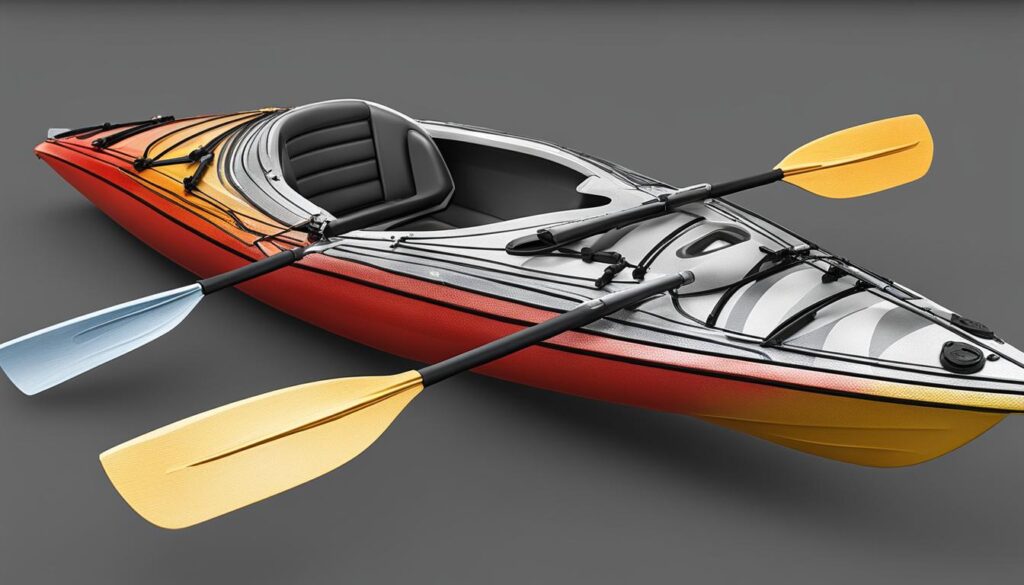
Importance of Storage and Transportation Considerations in Kayak Warranty
When purchasing a kayak, it’s crucial to consider not only its performance on the water but also how you will store and transport it. Proper storage and transportation play a significant role in maintaining the kayak’s condition and ensuring its longevity. Additionally, these factors can have implications for your kayak warranty as well. By taking storage and transportation into account, you can make a more informed decision that aligns with your needs and priorities.
Storage considerations involve assessing the available space you have at home or in your garage. Some kayaks can be quite large and may require special solutions such as kayak racks or wall hangers. It’s important to review the warranty coverage to ensure it includes any potential issues related to storage-related damages or degradation. By selecting a kayak with warranty coverage that addresses storage-related concerns, you can have peace of mind knowing that your investment is protected.
Transportation considerations involve evaluating how you will get your kayak to and from the water. Depending on the size and weight of the kayak, you may need a roof rack, a kayak trailer, or other specialized equipment. It’s essential to review the warranty terms and conditions to ensure that any transport-related damages or defects are covered. By selecting a kayak with warranty coverage that includes transport-related issues, you can feel confident knowing that you’re protected in case of any unforeseen incidents during transportation.
| Storage Considerations | Transportation Considerations |
|---|---|
| Assess available storage space | Evaluate size and weight for transport |
| Consider special storage solutions | Choose appropriate equipment (roof rack, trailer, etc.) |
| Review warranty coverage for storage-related damages | Review warranty coverage for transport-related damages |
By giving careful consideration to storage and transportation needs, you can ensure that your kayak remains in optimal condition and that you’re protected by a comprehensive warranty. Don’t overlook these important aspects when making your purchase decision, as they can have a significant impact on your overall kayaking experience.
Conclusion
When buying a kayak, it’s crucial to prioritize the warranty terms and conditions. The warranty acts as a buyer’s guide, offering protection for your investment and ensuring that you receive the necessary support in case of any issues or defects. By considering factors such as the specific type of kayak, size and design considerations, propulsion methods, materials used in construction, and storage/transportation needs, you can make informed decisions and prioritize the warranty that aligns with your requirements.
Thoroughly reviewing the warranty terms and asking any necessary questions will help ensure that you are fully protected and satisfied with your kayak purchase. Remember, the warranty is not just a piece of paper; it’s a valuable commitment from the manufacturer that allows you to enjoy your kayaking adventures with peace of mind. So, don’t overlook the importance of prioritizing kayak warranty terms and make the most out of your kayaking experience!
FAQ
Why is it important to prioritize the warranty when buying a kayak?
The warranty serves as a guarantee that the manufacturer stands behind their product and will provide necessary repairs or replacements in case of any defects or issues. It provides peace of mind and protects your investment.
How should I consider the warranty when selecting a kayak?
When choosing a kayak, consider how the warranty aligns with the intended use and durability requirements for that specific type of kayak. Factors such as load capacity, tracking ability, hull speed, and durability should be covered by the warranty.
What factors should I consider in kayak size and design?
Consider your physical dimensions, such as height and weight, to ensure a comfortable and safe kayaking experience. Also, consider whether you plan to paddle solo or tandem, bring along children or pets, and the amount of gear you will carry. These factors are important when assessing the kayak warranty’s coverage for size-related issues or design flaws.
How does the propulsion method impact warranty considerations?
Assess the warranty coverage for any propulsion-related components, such as pedals, motors, or propellers. Buyers should consider the warranty terms in relation to the desired propulsion method to ensure they are adequately protected in case of any malfunctions or defects.
How do kayak materials impact the warranty?
Different materials used in kayak construction have their own set of pros and cons in terms of weight, strength, repairability, and cost. Buyers should carefully review the warranty coverage for potential issues related to material defects, delamination, or manufacturing flaws specific to the chosen material.
What should I consider in terms of storage and transportation for kayak warranty?
Proper storage and transportation are crucial for maintaining the kayak’s condition and longevity. Consider your available storage space and the ease of transporting the kayak to and from the water. Assess the warranty coverage for potential issues related to transport-related damages, storage-related degradation, or defects arising from improper handling.
How should I prioritize the warranty when buying a kayak?
When buying a kayak, prioritize the warranty terms and conditions. The warranty provides crucial protection for your investment and ensures you receive necessary support in case of any issues or defects. Consider factors such as the specific type of kayak, size and design considerations, propulsion methods, materials used, and storage/transportation needs to make an informed decision.


